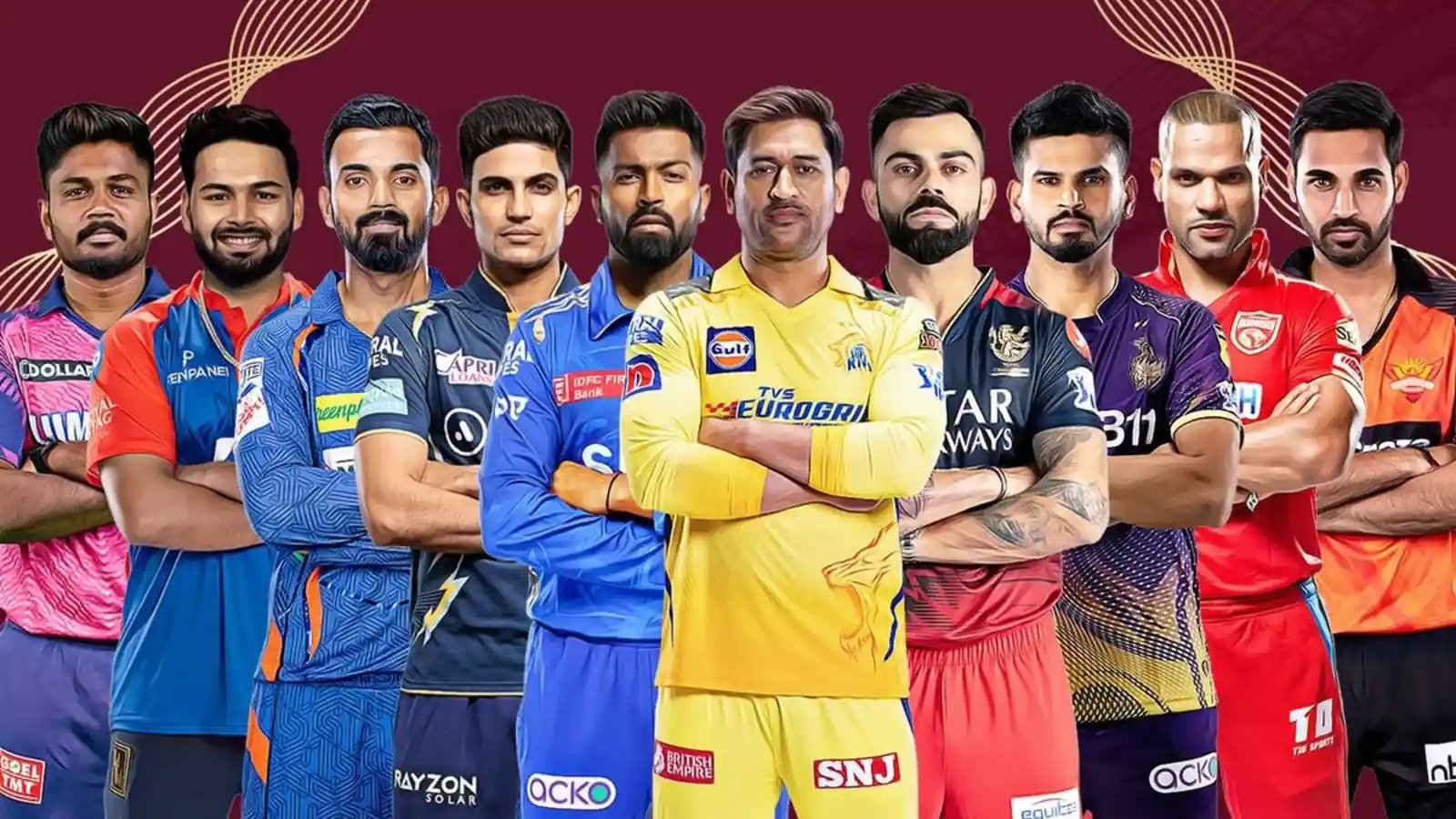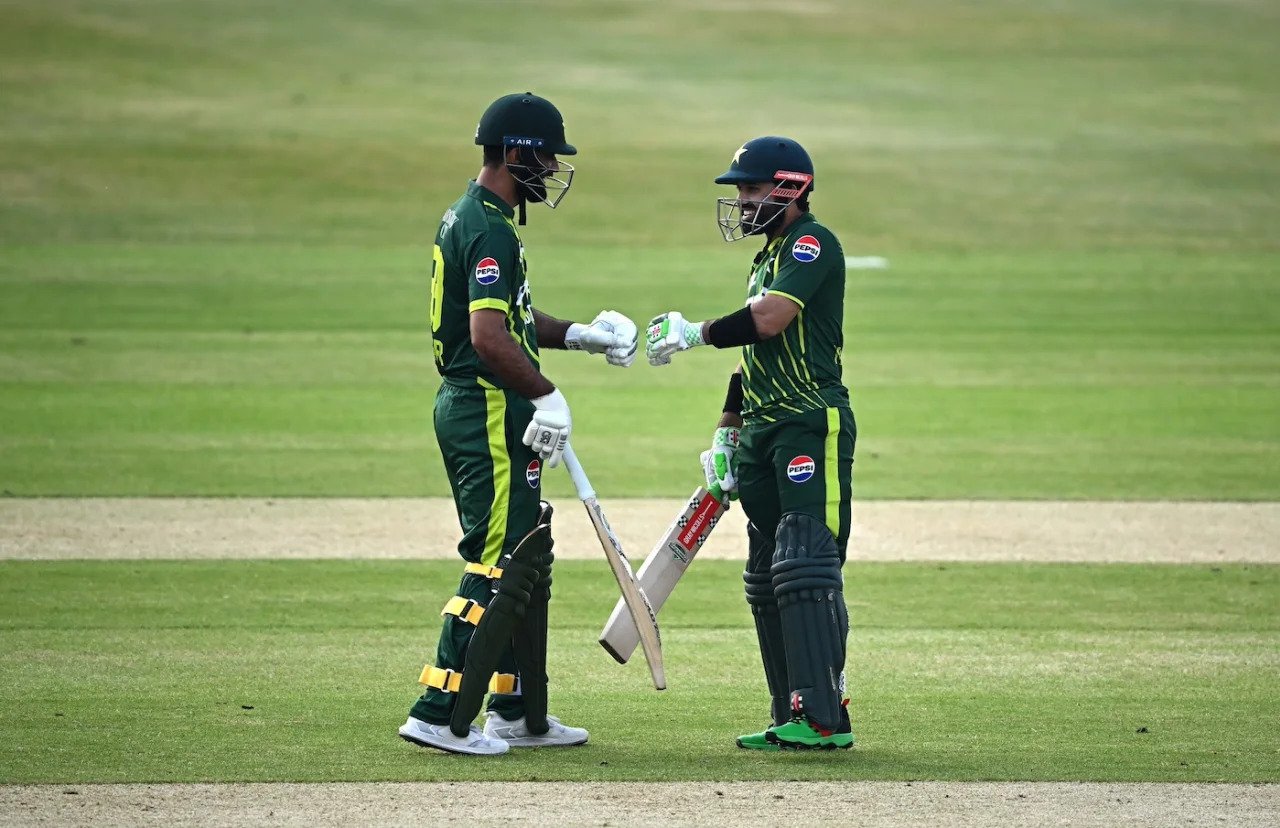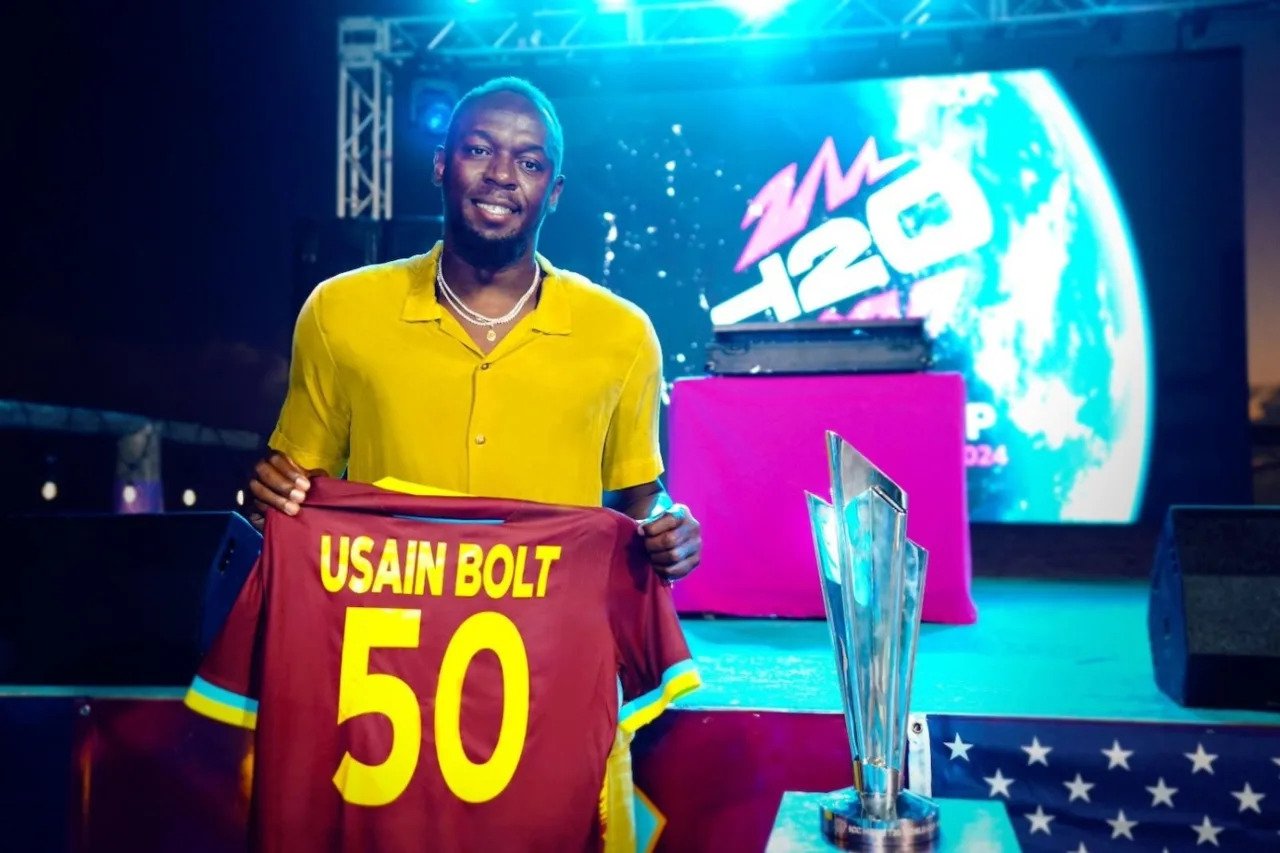Virat Kohli’s unbeaten 82 off 51 balls steered India to a six-wicket victory over Australia, propelling them into the World T20 semi-finals against the West Indies in a thrilling contest at Mohali.
This match also marked the end of Shane Watson’s international cricket career.
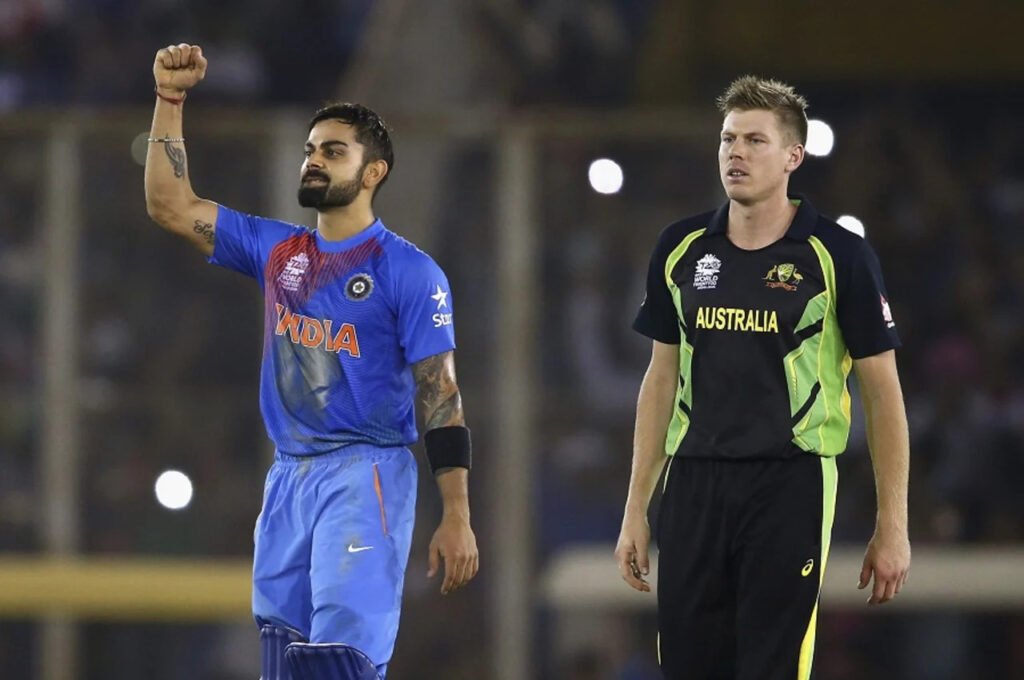
Is Virat Kohli the best chaser in the game of cricket? May be MS Dhoni? The fact that the two of them were there in the last moments of India’s virtual quarter-final match against Australia in Mohali was fortunate. With a chase of perfect timing lead by Kohli, Dhoni’s team defeated Australia in the World T20, sending Shane Watson packing. They also advanced to a semi-final match against the West Indies.
India, needing to score 161 runs to win, watched their needed run-rate soar over 10 an over and even up to 12 an over, but Kohli was always ready to burst the balloon. He did so with such impeccable timing—19 runs off James Faulkner’s 18th over, followed by 16 off Nathan Coulter-Nile’s following over—that you got the impression he never questioned his abilities. India ultimately made it home with five balls remaining, which is absurd considering they needed to score 47 off just 24.
With the opening ball of the 20th over, Dhoni smashed a boundary through long-on to seal the victory. By that point, the destruction that had just taken place had put Faulkner in the difficult position of needing to restrict India to three runs or less in the final over. With 18 not out of 10, Dhoni had contributed significantly, but Kohli was the one who got down on his knees in celebration. He was to blame for this. Him with his 51-bowl undefeated score of 82.
His nine fours and two sixes were crisp, clean cricket smashes that were put where the fielders weren’t, making it an innings of pure class. Watson was Australia’s finest bowler in his farewell match, and as he ended his fourth over with figures of 2 for 23, Kohli felt it was time to take India to victory. After hitting 39 deliveries for his half-century, he needed just 12 balls to score 32 runs and win the match.
Yuvraj Singh was at the crease with Kohli, and it looked like the chase was faltering. Yuvraj was limping through the innings in an attempt to depend on his ability to hit boundaries after rolling his left ankle during the innings. However, there was no denying that he was a crippler for India’s innings, and they were likely helped by Watson’s amazing racing and diving catch at cover to remove Yuvraj for 21 off 18.
After bowling Rohit Sharma for 12 and getting Suresh Raina caught behind off a bouncer for 10, Watson undoubtedly made an effort to prolong his career by one more match. By that point, India was 49 for 3 and facing significant difficulties. In addition, Shikhar Dhawan fell for 13 after top-edging a pull to short fine leg off Nathan Coulter-Nile; yet, Australia knew they were in serious danger even with Kohli at the crease.
Also Read: Virat Kohli’s 50th ODI Century: A Landmark Moment in Cricket History
Steven Smith, who won the toss and elected to bat on a surface with considerable pace, took a risk by showcasing his exceptional chasing skills. Australia’s 160 looked a little bit below par, which is maybe okay in a golf tournament but not in a high-stakes knockout match of cricket. Their opening order got off to a quick start in the Powerplay, amassing 59 for 1, but they found it difficult to maintain pace after that.
With 24 of his 26 runs coming from boundaries, Khawaja seemed particularly menacing, even though Ashish Nehra had also forced several drives and misses. Nehra concluded with 1 for 20 from his four overs, having played brilliantly during his first three overs and then again in the last overs. Khawaja was the only wicket he claimed; in the fifth over, he edged behind.
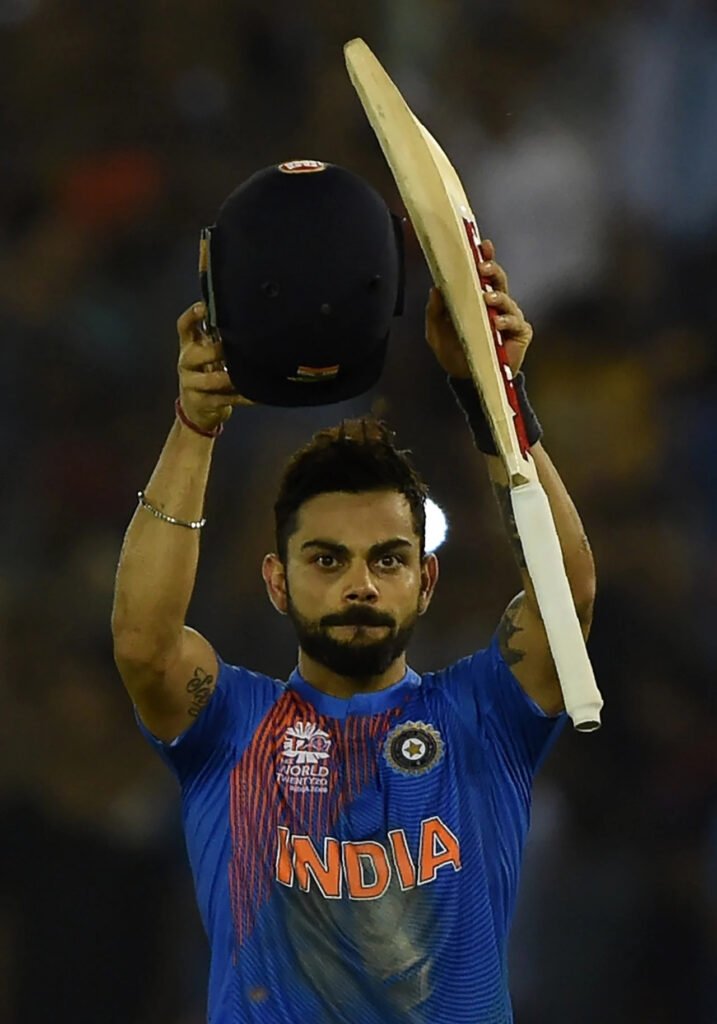
The bowlers from India demonstrated that the pitch had both spin and pace. Aaron Finch hit two sixes over long on in R Ashwin’s opening over, which cost him 22 runs. However, in his subsequent over, Ashwin stumped David Warner, who was dancing down the field with the ball going past his bat. Given that Australia has had difficulty managing spin in India, this was a concerning indication.
In his 31 from 28 balls, Glenn Maxwell was erratic, and Faulkner also had trouble scoring at a rate more than one run each ball. Not known for his power hitting, Peter Nevill blasted a four and a six off the last two balls of the innings, and both he and Watson were beaming as they departed the field after Watson struck a late eighteen not out. About two hours later, nobody was smiling but the Indians.
Dhoni on Virat Kohli’s Incredible Innings
Virat Kohli’s undefeated 82 was referred to by India captain MS Dhoni as a “incredible innings” after the player’s six-wicket victory against Australia had advanced his team to the World T20 semi-finals.
Many were taken aback when they saw videos of MS Dhoni losing control during a press conference following India’s victory over Bangladesh. But on Sunday, the captain’s lighter side came out when he gave Virat Kohli a pat on the head for turning a difficult pursuit into a canter at the midway point.
Having led India to victory on previous occasions, Kohli demonstrated his exceptional fitness and ability to strike boundaries with ease as he amassed an undefeated 51-ball score of 82, which included nine fours and two sixes. The way he overcame moments of frustration after finding it difficult to pick up twos when Yuvraj Singh hurt his ankle was equally commendable. India’s progress paused for a spell, but Kohli emerged in fine form alongside Dhoni.
Dhoni declared, “It was an incredible innings.” “It is a fact that this pitch was difficult to bat on. Deliveries that were behind length proved to be challenging to escape, particularly when facing spinners. The fact that they didn’t appear to bowl too many spinners was a plus. Additionally, Kohli was hindered in the interim when he was partnered with Yuvraj and they were unable to convert those one-and-a-half runs into twos. We had to chase maybe one run per over more than we would have liked, perhaps partially as a result of that.
“He played excellent batting, putting forth an incredible effort. In particular, the places where you want to play huge shots and score runs. It mostly comes down to shot selection and execution, in my opinion. Overall, I thought Virat was excellent at both his strokeplay and his racing between the wickets; if you can go quickly, you take less risks.”
Dhoni minimized his contribution to their partnership, saying that Steven Smith had to change his field because of Kohli’s aggressive runs, only to watch the ball breach holes at will. “I can’t hit it over cover, square leg, or third man like Virat can. I like to draw boundaries if they exist because I am aware of my boundaries. My strength has been that,” he remarked. “Running between the wickets is the only strategy for the middle overs. It puts pressure on the fielders if you can take the double. Additionally, it forces the captain to gradually raise the fielder before attempting to clear the infield.”
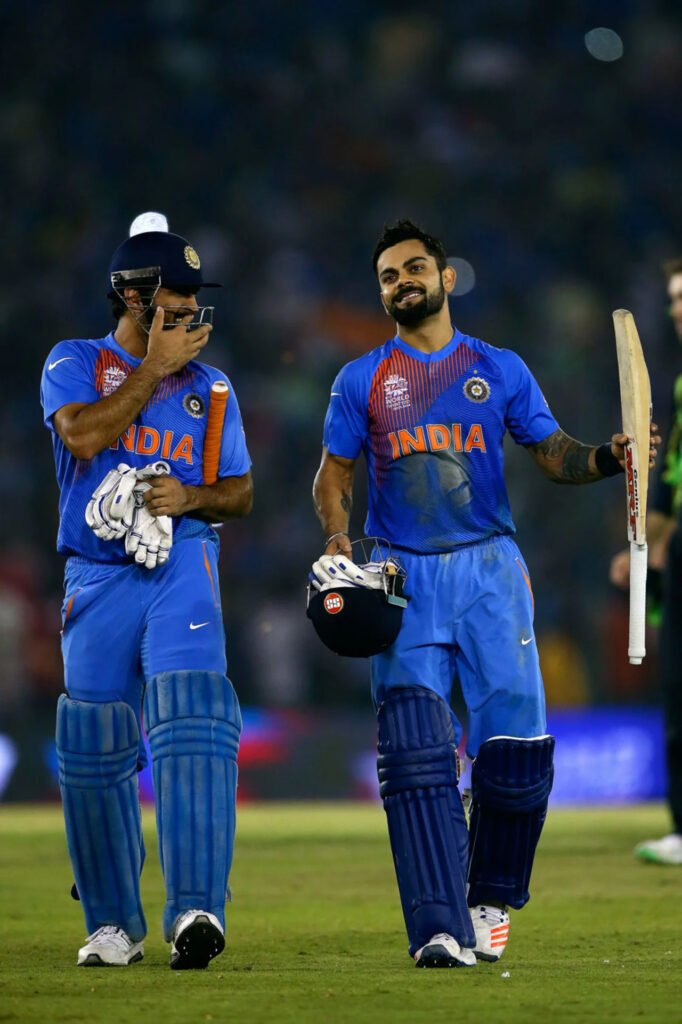
One of the modern era’s fastest runners between the wickets, Dhoni, is rarely left panting. But soon after Yuvraj was removed, Kohli showed his speed as he snatched six twos, including four off the 16th over, with India needing 47 runs to win the match. Dhoni made up eighteen of the uninterrupted 67-wicket stand.
Dhoni said, “He needs to pay me for running all his runs,” in response to a question concerning finishing runs that were often not feasible. “If you’re a good runner, it really takes the pressure off of you in the middle overs,” I’ve remarked. I’m not a very good person. I run one or two, push it in the middle, and play unconventional cricket. Hit it for six if it’s in your neighborhood. It is so easy to understand.
“There are fielders on every team who aren’t the fastest. Some people have quick reflexes but weak shoulders. There aren’t many; among us is Ravindra Jadeja, who can field anyplace, and Virat Kohli, who can do the same. However, not all teams have four or five players that are capable of playing at key positions. You can locate them there, and I’ll attempt to encourage him to go one more run when it gets there. And the bowlers are under a lot of pressure if you do that.”
At one time, it appeared as though India had reached a dead end in their pursuit. When Yuvraj arrived at No. 5, he had an ankle injury that required care from the physiotherapist. India then failed to bring up a second run in at least three chances, casting doubt on his fitness. Although Yuvraj persevered and scored a 21 off of 18 balls, it was clear that he was uncomfortable racing between the wickets.
Although Dhoni was unsure of the severity of Yuvraj’s injury, he did note that they should have a stand-in ready for Thursday’s semi-final matchup against the West Indies. “We have to look at Yuvraj’s injury,” he stated. Particularly tomorrow morning or in the next 24 hours, you will receive an accurate assessment of the nature of the injury.
We certainly want to have a backup available, as evidenced by the fact that Bhuvneshwar [Kumar] is traveling with us. in order for him to travel with us and stay in contact with cricket. In order for him to be in a state of mind where he is prepared to play if he has to play right away. Therefore, if the physio says it’s really terrible, we’ll surely ask for a replacement and proceed accordingly.”


